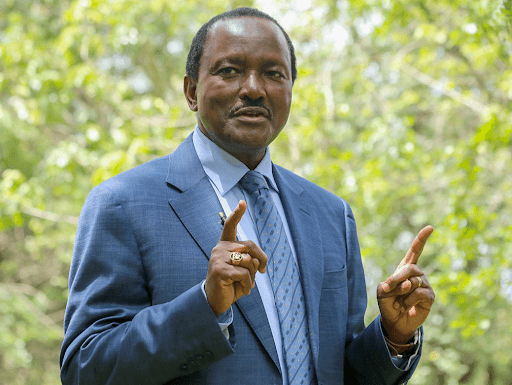The Health Ministry will target six more counties for schistosomiasis or snail fever deworming programme next year when drugs become available.
They include Garissa, Kirinyaga, Kitui, Machakos, Makueni and Wajir.
Schistosomiasis, also known as bilharzia, is caused by parasitic worms, also known as Guinea worms. They can later emerge from the body, usually in the lower extremities, causing pain and infection.
Deworming is usually annual and children and others can become reinfected by contact with contaminated water. It is not infectious, however.
The World Health Organization calls schistosomiasis the second-most socioeconomically devastating parasitic disease, after malaria. Hundreds of millions of people are infected worldwide.
So far, Migori, Busia, Siaya, Kisumu, Homa Bay, Tana River, Kilifi, Kwale and Taita Taveta counties have already have benefitted from the deworming.
Since its launch in 2009, the programme has aimed to treat at least six million children aged two years to 14 years in at-risk areas.
Deworming tablets are administered in more than 19,000 primary schools and ECDE centres by trained teachers, reaching both enrolled and un-enrolled children.
The programme has become a globally recognised, high-impact model for a successful partnership, and has resulted in millions of Kenyan children growing up without infection.
On Thursday, the government concluded a national deworming programme for four million children in 14 counties.
The three-day deworming started on Tuesday and was implemented by the Health and Education ministries with technical assistance from Evidence Action.
The deworming covered children in 14 regions, including Narok, Nyamira, Kisii, Migori, Busia, Siaya, Kisumu, Homa Bay, Lamu, Tana River, Kilifi, Mombasa, Kwale, and Taita Taveta.
“Rigorous research mainly in Kenya in the early 2000s has shown deworming can improve children’s school attendance, physical development and cognition,” Dr Andrew Mulwa said.
Mulwa is the Health ministry's acting director of medical services and head of prevention and health promotion.
"Deworming can lead to a 25 per cent reduction in absenteeism. It not only improves the health and concentration in school but can also set up children for a brighter future," he said.
Untreated worm infections can interfere with nutrient intake and lead to anaemia, malnourishment, impaired mental and physical development, Dr Bashir Isaak said. He is the department head for family health in the ministry.
This year, the National School-Based Deworming Programme covered 2.6 million children in March across seven counties in Western Kenya.
They include Trans Nzoia, Bungoma, Nandi, Kakamega, Vihiga, Bomet and Kericho.
The Kenya Medical Research Institute said the programme is highly effective in reducing infections by many worms.
According to the study, the prevalence of soil-transmitted worm infections declined by 62 per cent.
Schistosomiasis is a dangerous and painful neglected tropical disease caused by flatworms or blood flukes.
Schistosomes live in certain types of freshwater snails. The infectious form of the parasite emerges from the snail into the water.
People are infected when they ingest contaminated water or their skin comes into contact with contaminated water.
(Edited by V. Graham)










